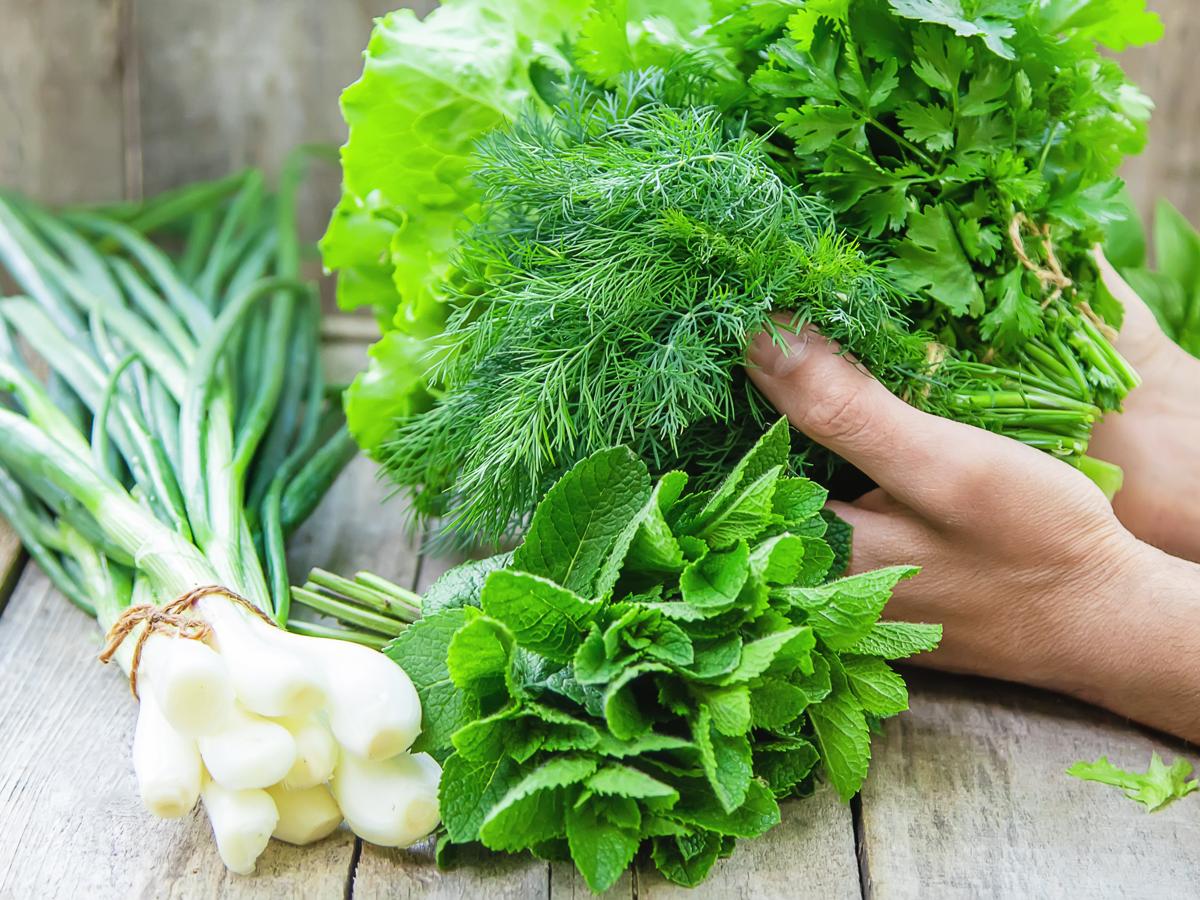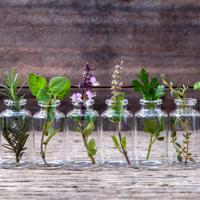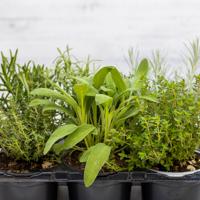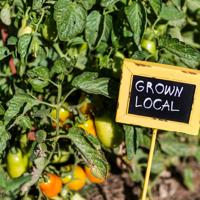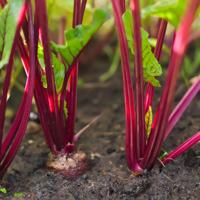As someone who’s been fascinated by the garden-to-table lifestyle, incorporating edible flowers into my cooking has been a delightful exploration. They offer a unique opportunity to experiment with flavors, colors, and textures that conventional ingredients might not provide. Let’s delve into the world of edible flowers and discover how they can enhance our culinary creations in subtle yet appealing ways.
Choosing the Right Flowers
When it comes to edible flowers, selection is crucial. Not all flowers are edible, and among those that are, some may not suit everyone’s palate. Here are a few popular choices you’d typically find in the kitchen:
- Nasturtiums: Known for their peppery flavor, these flowers work well in salads or as a garnish.
- Calendula: Sometimes referred to as “poor man’s saffron,” calendula petals add a saffron-like color to dishes without any strong taste.
- Violas and Pansies: These have a slightly sweet flavor and are often used for decorating desserts.
- Chive Blossoms: With a mild onion flavor, they can spice up any savory dish.
- Lavender: Known for its aromatic properties, lavender is great for infusing desserts and beverages.
Safety Considerations
Always ensure flowers are organic and free from pesticides. It’s typically wise to buy them from reputable sources or grow them at home if possible. Remember, consumption of any unfamiliar flower should be researched, and individual allergies must be considered.
Simple Recipes to Get Started
Nasturtium Pesto
A twist on the traditional recipe, nasturtium pesto has a zesty kick.
Ingredients:
- 1 cup packed nasturtium leaves
- ½ cup nasturtium flowers
- ¼ cup pine nuts
- ½ cup grated Parmesan
- 2 cloves garlic
- ½ cup olive oil
- Salt to taste
Method:
- Blend nasturtium leaves, flowers, pine nuts, Parmesan, and garlic in a food processor.
- While blending, slowly drizzle in olive oil until desired consistency is achieved.
- Season with salt and serve with pasta or as a sandwich spread.
Viola Flower Salad
This salad is vibrant and ideal for showcasing these beautiful flowers.
Ingredients:
- Mixed greens
- A handful of viola flowers
- Sliced strawberries
- Crumbled goat cheese
- Toasted almonds
- Balsamic vinaigrette
Method:
- Combine the mixed greens, strawberries, goat cheese, and almonds in a bowl.
- Gently toss with balsamic vinaigrette.
- Garnish with viola flowers before serving.
Lavender Shortbread Cookies
A fragrant treat that’s both subtle and sweet.
Ingredients:
- 1 cup unsalted butter, softened
- ½ cup sugar
- 2 cups all-purpose flour
- 2 tbsp dried culinary lavender
Method:
- Preheat oven to 325°F (165°C).
- Cream butter and sugar together until light and fluffy.
- Gradually mix in flour and lavender.
- Roll out dough and cut into desired shapes.
- Bake for 15-20 minutes or until edges are lightly golden.
Tips for Cooking with Edible Flowers
- Infusions: Experiment with infusing flowers like lavender into syrups or simple creams. This can add subtle flavors to beverages and desserts without overwhelming the palate.
- Garnishing: Use flowers sparingly as garnishes. Their visual appeal can transform the presentation of a dish.
- Flavor Balance: Be mindful of the flower’s flavor profile, and use them to complement the main ingredients rather than overpower them.
Using edible flowers in the kitchen is a journey of creativity and subtlety. They bring a new dynamic to our plates and encourage us to embrace the beauty and diversity of nature. Whether you’re a seasoned gardener or just starting, there’s always something new to learn and experience in this sustainable garden-to-table adventure.
